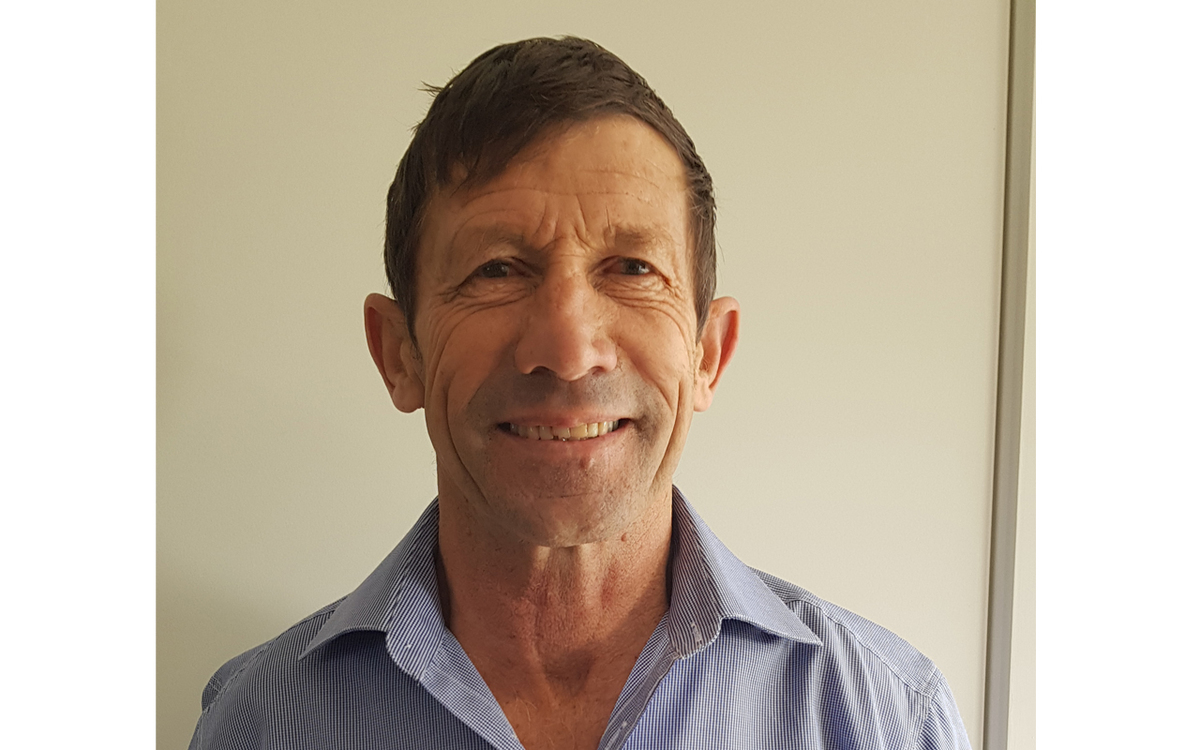Indecision ramifications for racing
Karen Brown
20 June 2019, 6:29 PM
 Winsloe Racing Stable owner-trainer Ellis Winsloe, of Knapdale.
Winsloe Racing Stable owner-trainer Ellis Winsloe, of Knapdale.Indecision about the future of the Gore Racing Club by the national racing industry has led to a lack of confidence from stakeholders who are not sending broodmares to stud this year, according to Winsloe Racing Stable owner-trainer Ellis Winsloe, of Knapdale.
Mr Winsloe said he was told that if meetings at Gore, which hosted both gallops and harness racing, were phased out as part of a national shakeup of rural thoroughbred racing tracks, he would have to go elsewhere. Possible options were Ashburton, Christchurch or Cromwell — a huge upheaval after two generations in the local district.
He said it wasn't viable for Gore — which has an all-weather grit track for harness racing as well as a grass thoroughbred racetrack — to go to Invercargill, which was already operating at a maximum with six annual meetings. The soil structure of the thoroughbred racetrack could not support any more races due to high rainfall.
Mr Winsloe said the 15 racehorses in his stable travelled to meetings from Christchurch south in the winter. One of his geldings, "Taiho", placed second at the Great Western Steeplechase in Riverton, and was to compete in events in the North Island before it burst a tendon.
Meanwhile, the patience of the Winton Jockey Club has been stretched as it awaits the decision about the future of the Winton thoroughbred track. Although it has been the training ground for New Zealand Cup and New Zealand Oaks-winning racehorses, it was, at first, among several in Southland recommended to close as part of the shakeup. However, club president, Howard Clark, was hoping for a positive outcome after meeting with NZ Thoroughbred Racing executives last week.
Racetracks in Winton, Riverton and Gore have been under the microscope of the New Zealand Thoroughbred Racing Executive in the wake of Winston Peters' release of a report by Australian stud owner and racing administration expert, John Messara.
The Riverton Racecourse, which hosts the Great Western Steeplechase, is waiting to hear of its future and two other clubs, Tapanui and Wyndham, opted to change venues to Gore in the meantime under their own volition for different reasons.
The Wyndham Racing Club was forced to make the decision because its buildings were an earthquake risk. The Tapanui racecourse was still available for horse training although its thoroughbred venue changed because it was owned by the West Otago Showgrounds.
The Messara Report claimed many country racecourses didn't have the capital or income to maintain quality racing surfaces and needed improved operating procedures. Trustees of the Winton Jockey Club track rely on race funding to keep the redesigned course, which is touted to be among the best in Otago-Southland, in top condition for thoroughbred racing.
The standardbred racing fraternity remains strong with nine meetings a year, including trotting and pacing events, held at the racecourse, which has an all-weather harness racetrack. It also had its thoroughbred racing track redesigned to camber the bends to safeguard against horses slipping, and lengthen it to nine furlongs. There is a centre grass track as well as a sand track used by gallopers. Drainage and irrigation has also been installed in the 84ha Racecourse Reserve owned by Jockey Club trustees and leased to trainers.
Former jockey, 82-year-old Kevin Cairns, who is recovering from a broken leg after his horse reared-up and did a backward flip at training recently, argues his brother who trains horses at the Wingatui Racecourse in Mosgiel, rates Winton as "one of the best tracks in Otago-Southland".
Mr Cairn's horse "Cairnsville" has done very well with a six-length win at Invercargill recently, and his other horse, "Cairnbrae", was fourth in the Waikato Steeplechase.
Former Jockey Club president, life-member and owner-trainer, Greg Crowe, said Winton used to have two gallops a year in May and October and aimed to make Sunday race days "a community event", while the local Harness Club was also "very go ahead." However, meetings were later reduced to annual midweek events by the NZTR, which was an unpopular time.
He estimated $400,000 had been spent in reconstructing the course for thoroughbred racing in a bid to make it "the best around", supported by local business sponsorships.
Mr Crowe criticised the racing industry for favouring large metropolitan clubs in sponsorship such as Riccarton at Christchurch, Trentham at Wellington and Ellerslie, Auckland, when only a small percentage of horses won them. Even Ascot at Invercargill held six to eight races a year in wetter, less favourable racing conditions than the "drier Winton track," he said.